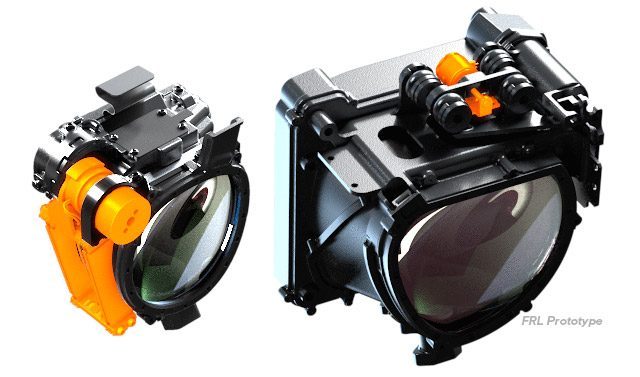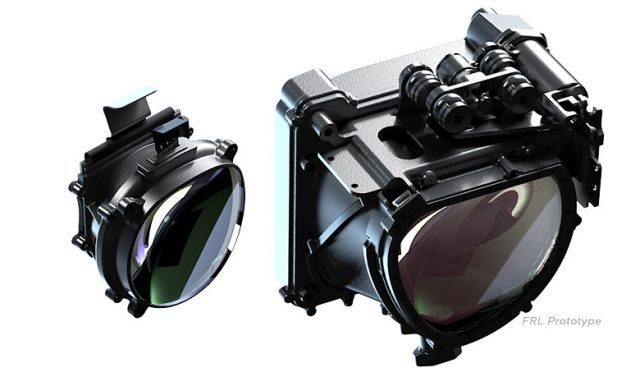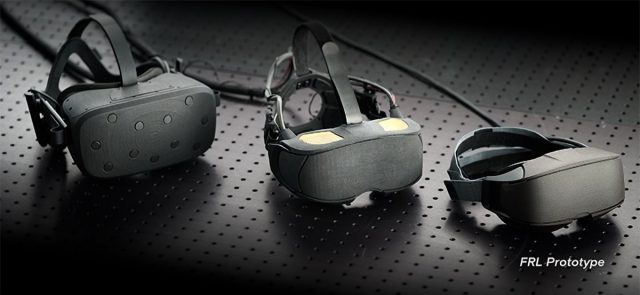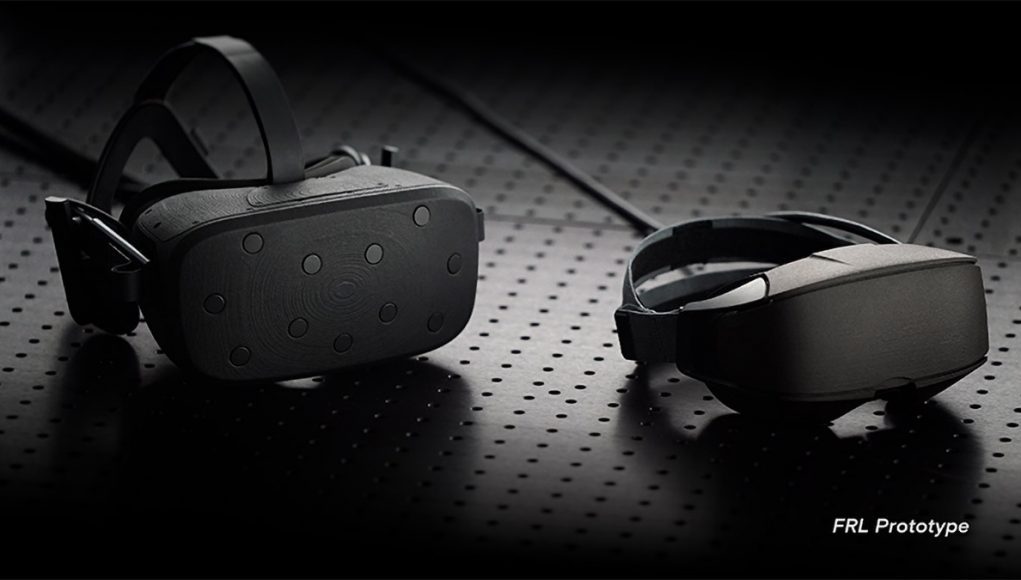On stage at Oculus Connect today, Facebook Reality Labs Chief Scientist Michael Abrash revealed two new prototype VR headsets from the company, Half Dome 2 and Half Dome 3. Both headsets offer improvements over the original Half Dome prototype showed off last year.
Last year Facebook showed off Half Dome, a prototype VR headset which offered up a much larger field of view than current Rift or Quest headsets, as well as varifocal displays which allows the headset to display a more comfortable and natural view to our human eyes.
Today the company revealed two new versions of Half Dome, simply called Half Dome 2 and Half Dome 3. While both still aim to deliver a wider field of view and varifocal display, they also focus on reducing the form-factor to make headsets smaller and more comfortable.
While the original Half Dome used mechanic actuators to move the screen in order to achieve the varifocal feature, Half Dome 2 does this through a voice coil actuator which reduces sound and vibrations of the varifocal mechanism to “imperceptible” levels.
What’s more, Half Dome 2 brings major advancements in the optical pipeline, substantially reducing the size of the headset form-factor. Abrash said this was achieved by “folding the optical path into a very small volume.” Indeed, renderings of the optical modules between Half Dome and Half Dome 2 show a drastic reduction in size.

Half Dome 3 takes this one step further. Instead of physically moving the display in order to achieve varifocal capability, the Half Dome 3 prototype uses an electronically controlled lens array which allows it to cycle through 64 discrete focus planes.

This further shrinks the size of the optical module, making Half Dome 3 even more compact.
Abrash did say that Half Dome 2 and 3 had to trade-off some of the original Half Dome’s field of view improvements in order to achieve these compact form-factors, but said that even so they still offered a larger field of view than current Rift and Quest headsets.

So far the company isn’t saying when these technologies will make their way into new Oculus headsets, but it doesn’t sound like it’ll be any time terribly soon.








